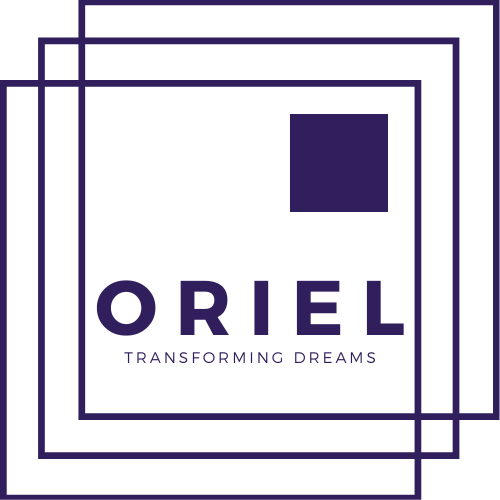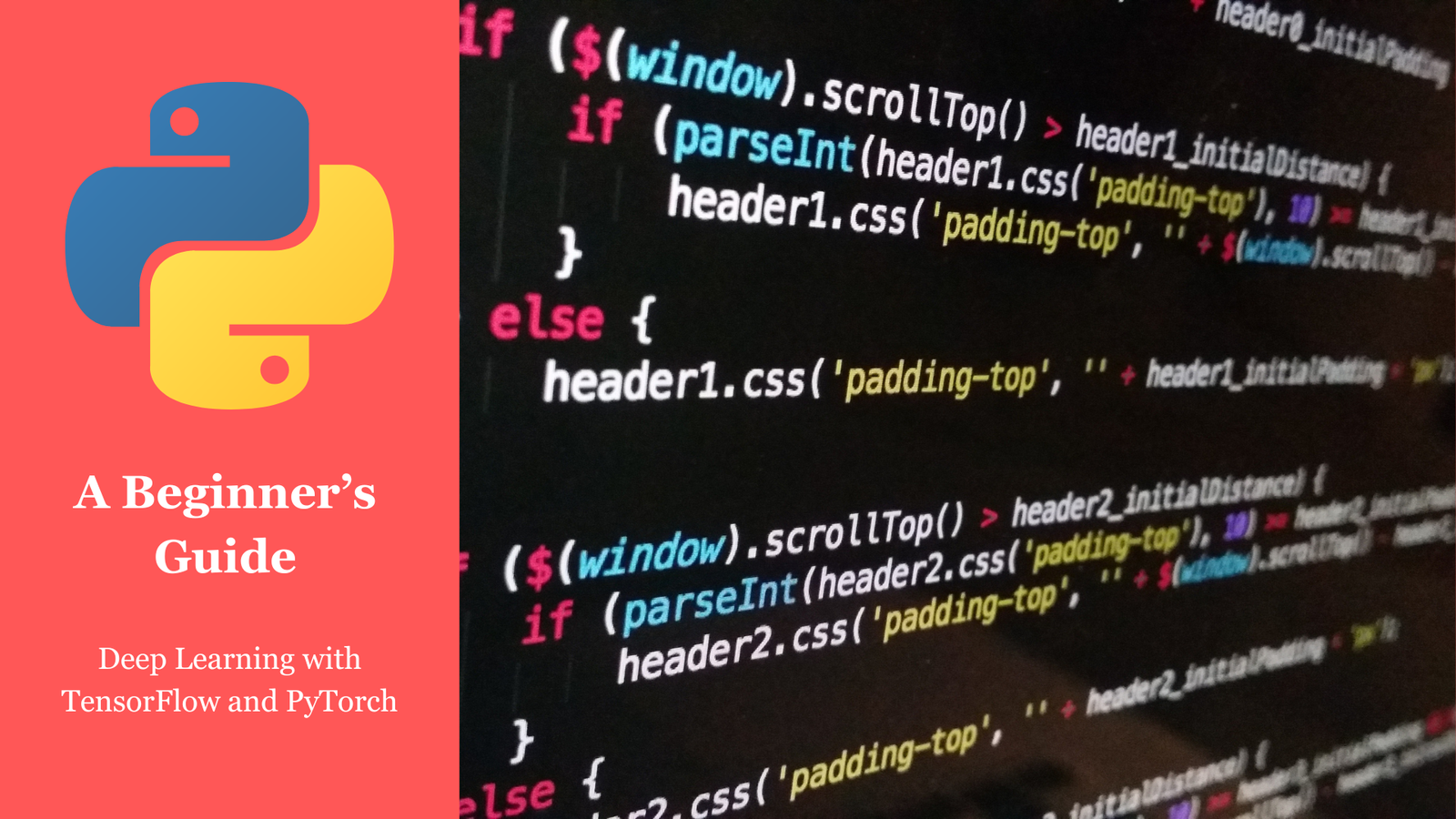Introduction
Deep learning, a subset of machine learning, has revolutionized fields such as image recognition, natural language processing, and autonomous vehicles. It focuses on training artificial neural networks to mimic the human brain’s learning process. TensorFlow and PyTorch are two of the most popular frameworks for building and deploying deep learning models.
This guide introduces the fundamentals of deep learning, explores TensorFlow and PyTorch, and walks you through building a simple neural network using both frameworks. Whether you’re new to deep learning or brushing up, this blog provides the tools and insights to get started.
What is Deep Learning?
Deep learning involves training artificial neural networks to recognize patterns and make decisions. Unlike traditional machine learning, deep learning models process unstructured data like images, audio, and text directly.
Key Concepts in Deep Learning:
1. Neural Networks: Composed of layers of interconnected nodes (neurons) that process input data.
2. Activation Functions: Functions like ReLU and Sigmoid introduce non-linearity, enabling networks to learn complex patterns.
3. Backpropagation: The process of updating weights by minimizing errors during training.
4. Optimizers: Algorithms like SGD and Adam adjust weights to reduce loss.
Applications of Deep Learning
1. Computer Vision: Facial recognition, object detection, and medical imaging.
2. Natural Language Processing (NLP): Chatbots, translation, and sentiment analysis.
3. Speech Recognition: Voice assistants and transcription services.
4. Autonomous Vehicles: Object detection and decision-making.
5. Healthcare: Disease diagnosis and drug discovery.
Setting Up TensorFlow and PyTorch
1. Install TensorFlow:
pip install tensorflow2. Install PyTorch:
pip install torch torchvision torchaudio3. Verify Installation:
import tensorflow as tf
import torch
print("TensorFlow version:", tf.__version__)
print("PyTorch version:", torch.__version__)TensorFlow vs. PyTorch
| Feature | TensorFlow | PyTorch |
| Ease of Use | Initially complex, now simplified with Keras. | Intuitive and Pythonic. |
| Debugging | Requires extra effort. | Easier with dynamic computation. |
| Community | Larger and enterprise-friendly. | Rapidly growing, favored by researchers. |
| Performance | Optimized for large-scale deployment. | Great for rapid prototyping. |
Building a Neural Network: Hands-On
We’ll use TensorFlow and PyTorch to build a simple model that predicts values based on input features.
Dataset
We’ll use a sample dataset for demonstration:
import numpy as np
# Generate data
X = np.array([[1], [2], [3], [4]], dtype=np.float32) # Features
y = np.array([[2], [4], [6], [8]], dtype=np.float32) # LabelsUsing TensorFlow
1. Define the Model:
import tensorflow as tf
from tensorflow.keras import Sequential
from tensorflow.keras.layers import Dense
model = Sequential([
Dense(1, input_shape=(1,), activation='linear') # One input, one output
])2. Compile the Model:
model.compile(optimizer='sgd', loss='mean_squared_error')3. Train the Model:
model.fit(X, y, epochs=500, verbose=0) # Train for 500 epochs4. Make Predictions:
prediction = model.predict([[5]])
print("Prediction for input 5:", prediction)Using PyTorch
1. Define the Model:
import torch
import torch.nn as nn
class SimpleModel(nn.Module):
def __init__(self):
super(SimpleModel, self).__init__()
self.linear = nn.Linear(1, 1) # One input, one output
def forward(self, x):
return self.linear(x)
model = SimpleModel()2. Define Loss and Optimizer:
criterion = nn.MSELoss()
optimizer = torch.optim.SGD(model.parameters(), lr=0.01)3. Train the Model:
for epoch in range(500):
inputs = torch.tensor(X)
labels = torch.tensor(y)
# Forward pass
outputs = model(inputs)
loss = criterion(outputs, labels)
# Backward pass and optimization
optimizer.zero_grad()
loss.backward()
optimizer.step()4. Make Predictions:
with torch.no_grad():
prediction = model(torch.tensor([[5.0]]))
print("Prediction for input 5:", prediction.item())Best Practices for Deep Learning
1. Preprocess Data:
Normalize or standardize data for better performance.
2. Choose the Right Architecture:
Experiment with different layer types and configurations.
3. Avoid Overfitting:
Use techniques like dropout and data augmentation.
4. Monitor Performance:
Use TensorBoard or similar tools to track training metrics.
FAQs
1. What is deep learning?
Deep learning is a branch of machine learning that uses artificial neural networks to process data and make decisions.
2. What are the key differences between TensorFlow and PyTorch?
TensorFlow is enterprise-friendly and optimized for deployment, while PyTorch is favored for research due to its flexibility and dynamic computation.
3. Which framework should I learn first?
PyTorch is recommended for beginners due to its simplicity and Pythonic nature.
4. What is backpropagation?
It’s the process of updating neural network weights by minimizing errors using gradients.
5. Can I use deep learning for small datasets?
Yes, but smaller datasets may require simpler models or data augmentation techniques.
6. What are activation functions?
Functions like ReLU and Sigmoid introduce non-linearity, enabling networks to learn complex patterns.
7. How do I avoid overfitting in deep learning?
Use dropout layers, regularization techniques, and more diverse training data.
8. What are the typical use cases of deep learning?
Image recognition, natural language processing, speech recognition, and self-driving cars.
9. What is the role of GPUs in deep learning?
GPUs accelerate training by handling large matrix operations in parallel.
10. How long does it take to train a deep learning model?
Training time depends on the model complexity, dataset size, and available computational resources.
Conclusion
Deep learning has transformed the way we approach complex problems, making it a cornerstone of modern AI applications. TensorFlow and PyTorch provide powerful tools to build and deploy deep learning models effectively. By mastering the basics covered in this guide, you can start exploring more advanced architectures and tackle real-world problems. Whether you’re building a chatbot, detecting objects in images, or analyzing text, the possibilities with deep learning are endless.

